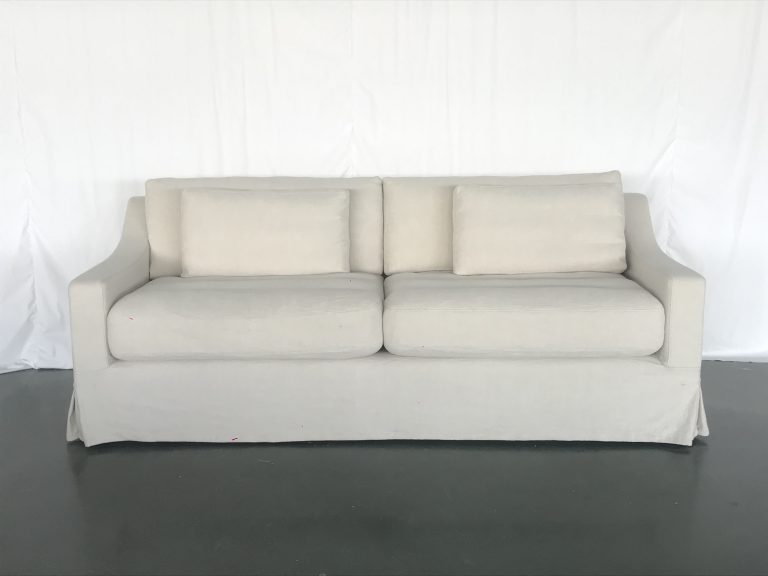Refinishing a solid wood dining table is a rewarding DIY project that can breathe new life into an old piece of furniture. Whether you want to restore a family heirloom or update a thrift store find, refinishing allows you to customize your table to fit your style and decor. Here are some detailed steps and tips to help you achieve professional-looking results.
Materials and Tools You Will Need
Materials
- Sandpaper (various grits: 80, 120, 220)
- Wood stain or paint
- Wood conditioner (optional)
- Wood sealer or polyurethane
- Tack cloth or microfiber cloth
- Wood filler (if needed)
Tools
- Orbital sander or sanding block
- Paintbrushes or foam brushes
- Clean rags or staining pads
- Drop cloth or plastic sheeting
- Screwdriver or drill (if disassembling the table)
- Safety gear (gloves, mask, and goggles)
Step-by-Step Guide
1. Preparation
Clear and Clean the Area
- Choose a well-ventilated workspace, ideally outdoors or in a garage.
- Lay down a drop cloth or plastic sheeting to protect the floor from dust and spills.
Disassemble the Table (if possible)
- Remove the table legs or any removable parts using a screwdriver or drill. This will make sanding and refinishing easier.
Clean the Table
- Wipe down the table with a damp cloth to remove any dust, dirt, or grime. Let it dry completely before proceeding.
2. Sanding
Start with Coarse Grit Sandpaper (80 grit)
- Use an orbital sander or sanding block to remove the old finish, working in the direction of the wood grain.
- Be thorough but careful not to gouge the wood.
Progress to Medium Grit Sandpaper (120 grit)
- Smooth out any remaining rough spots and further remove any old finish or stain.
- Pay extra attention to edges and corners.
Finish with Fine Grit Sandpaper (220 grit)
- Achieve a smooth, even surface that’s ready to accept the new finish.
- Wipe the table down with a tack cloth to remove all sanding dust.
3. Staining or Painting
Apply Wood Conditioner (Optional)
- If using a stain, apply a wood conditioner to ensure even absorption, especially on softwoods like pine.
- Follow the manufacturer’s instructions for application and drying times.
Apply the Stain or Paint
- Stir the stain or paint thoroughly before use.
- Use a brush or staining pad to apply a thin, even coat, working in the direction of the grain.
- Allow the first coat to dry according to the product instructions. Apply additional coats if a deeper color is desired, lightly sanding with fine grit sandpaper between coats for a smooth finish.
4. Sealing and Protecting
Apply the Sealer or Polyurethane
- Once the stain or paint is completely dry, apply a protective sealer or polyurethane.
- Use a clean brush to apply a thin, even coat. Follow the wood grain to avoid streaks and bubbles.
- Let the first coat dry completely, then lightly sand with fine grit sandpaper.
- Apply additional coats (typically 2-3) for optimal protection, sanding lightly between each coat.
5. Finishing Touches
Reassemble the Table
- Once the final coat of sealer is dry, reattach the table legs or any removed parts.
- Ensure all screws and bolts are tightened securely.
Final Clean and Polish
- Wipe down the table with a clean cloth to remove any dust.
- Polish the table with a wood furniture polish or conditioner to enhance the finish and provide extra protection.
Tips for a Successful Refinishing Project
Be Patient
- Take your time with each step, especially sanding and applying the finish. Rushing can lead to uneven results and imperfections.
Test the Stain
- Always test the stain on a small, inconspicuous area or a scrap piece of similar wood to ensure you achieve the desired color.
Use Quality Materials
- Invest in high-quality sandpaper, brushes, and finishing products. They will make the process easier and yield better results.
Safety First
- Wear safety gear, including gloves, a mask, and goggles, to protect yourself from dust and fumes.
Conclusion
Refinishing your solid wood dining table is a fulfilling DIY project that can transform a worn piece of furniture into a beautiful centerpiece for your dining room. By following these detailed steps and tips, you can achieve professional-looking results that enhance the natural beauty of the wood and create a lasting piece you can enjoy for years to come.




